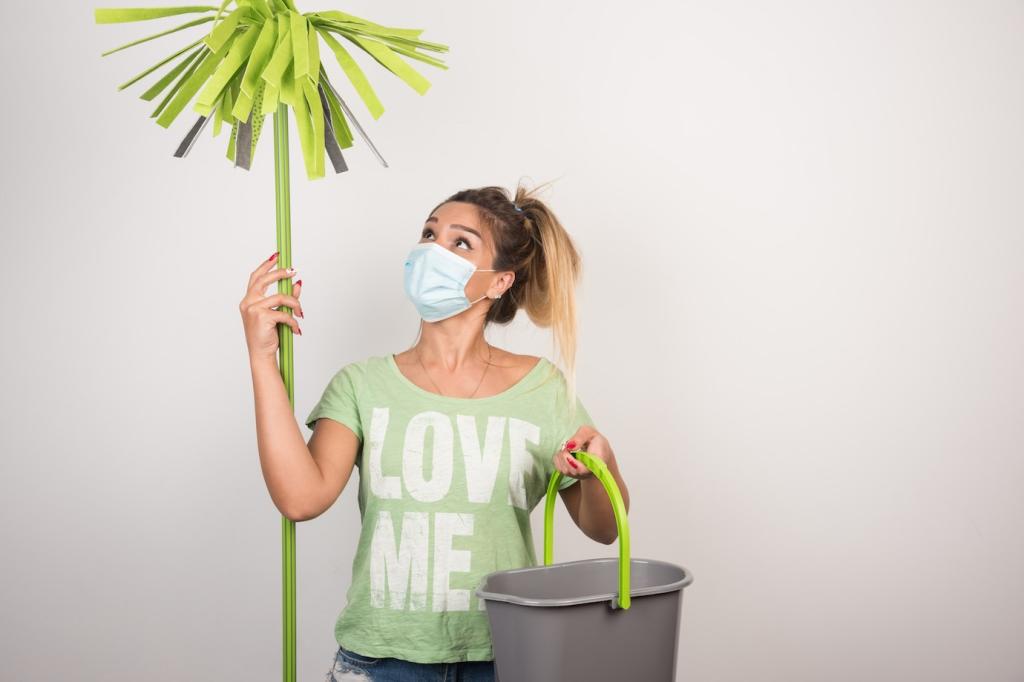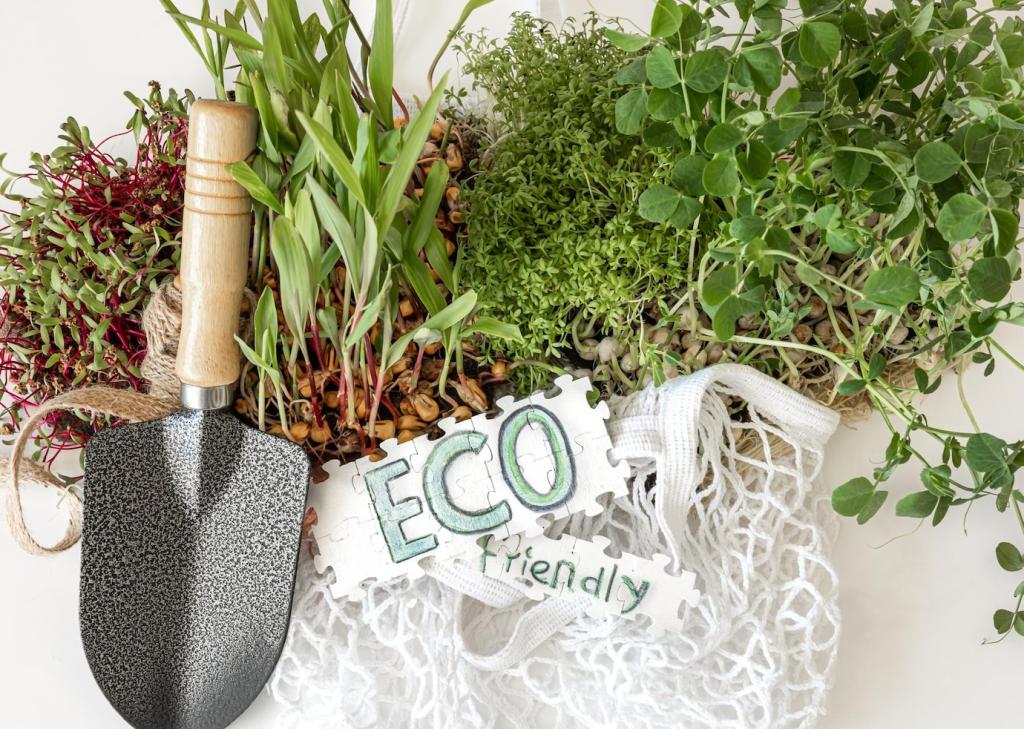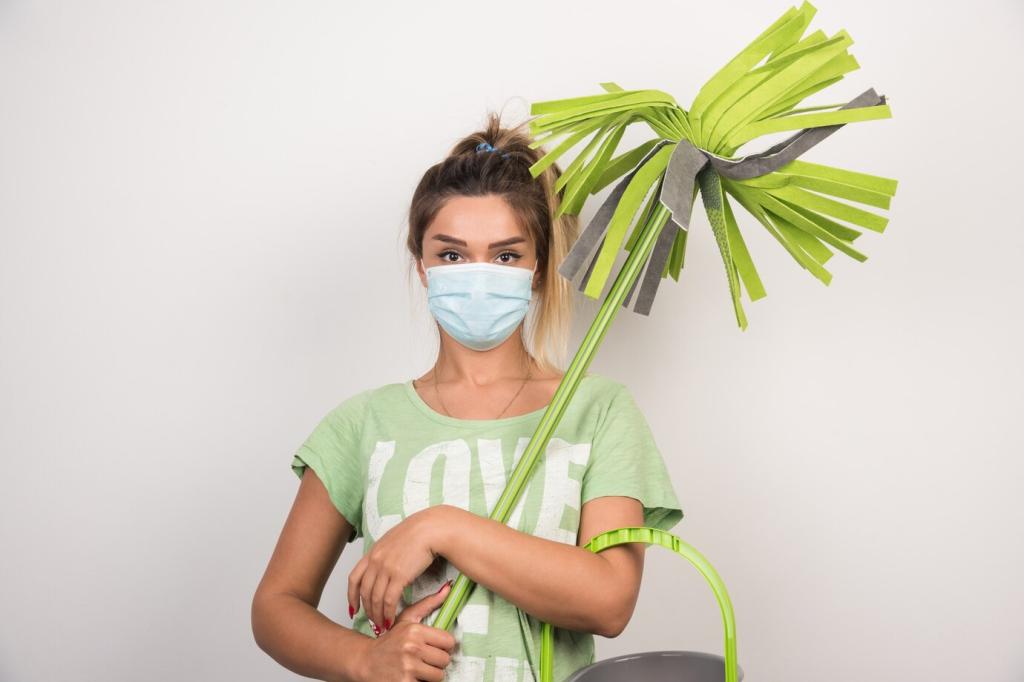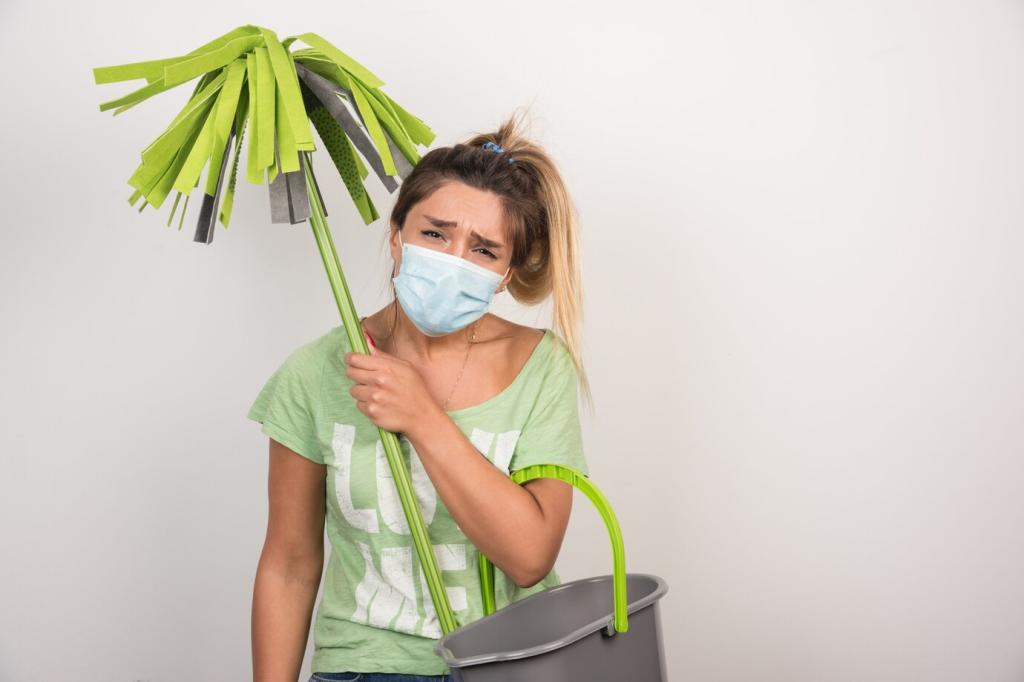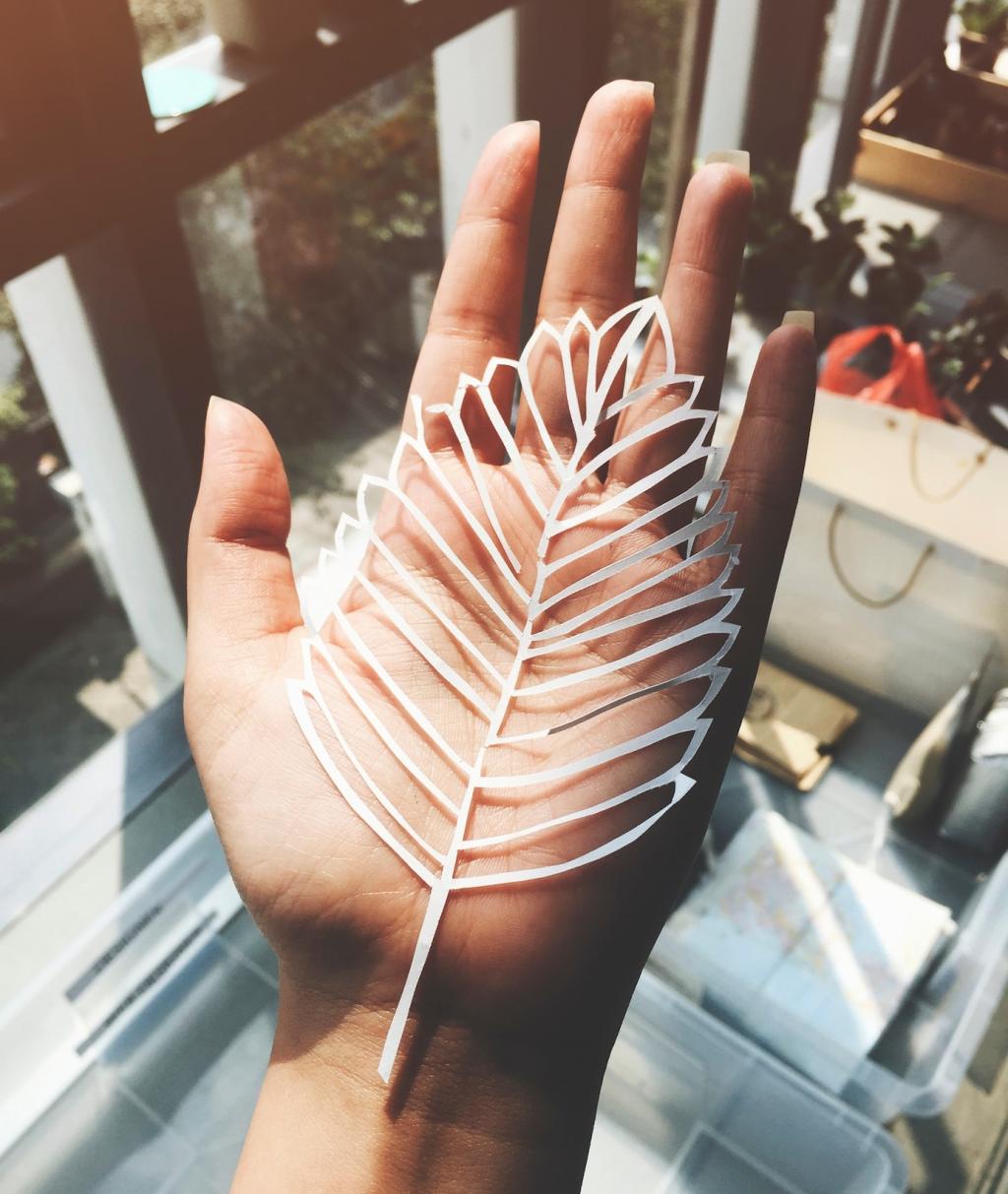Join the Community: Share Your Signature Scent
What blend rescued your favorite sweater or revived an old suitcase lining? Share your ratios, wins, and lessons so newcomers can learn from your everyday experiments and small triumphs.
Join the Community: Share Your Signature Scent
Post a quick snapshot of your DIY bottle or upcycled sachet, plus the refreshed nook it transformed. Tag your scent notes and inspire a neighbor to try a greener freshening routine today.

